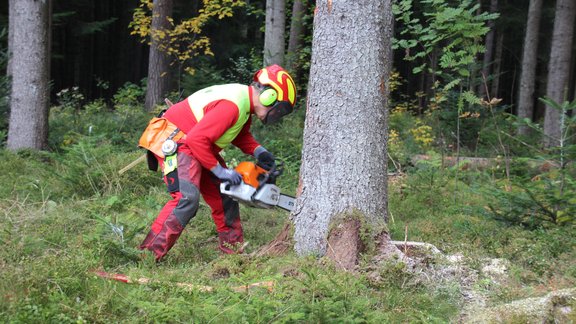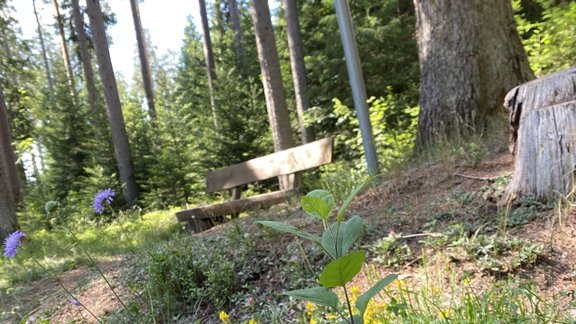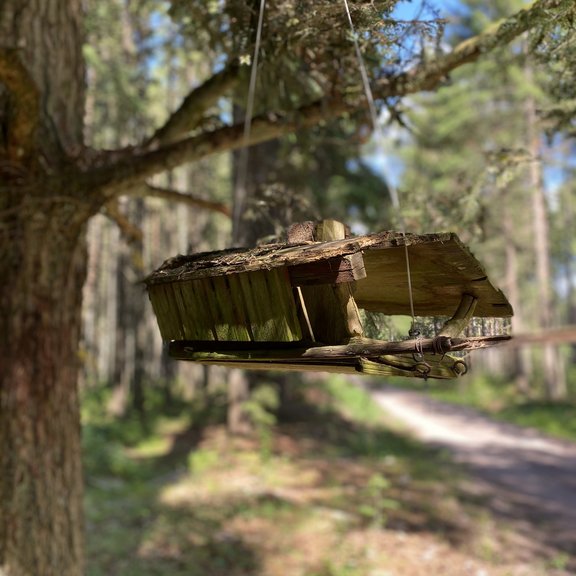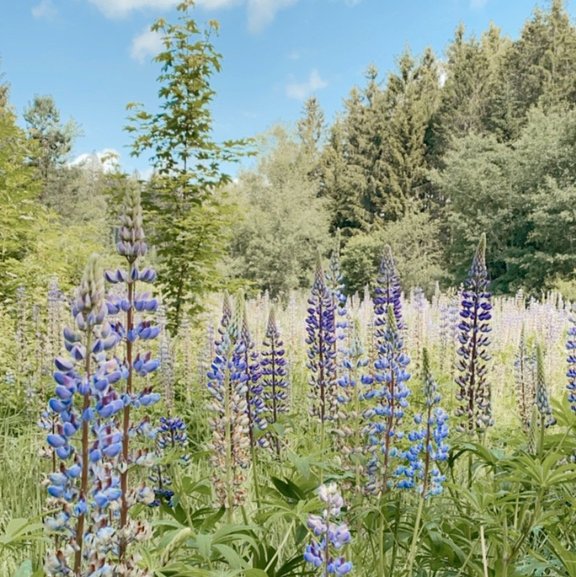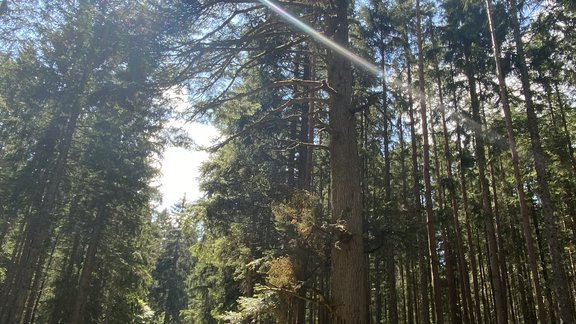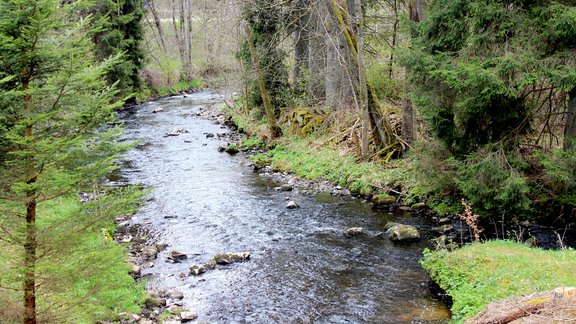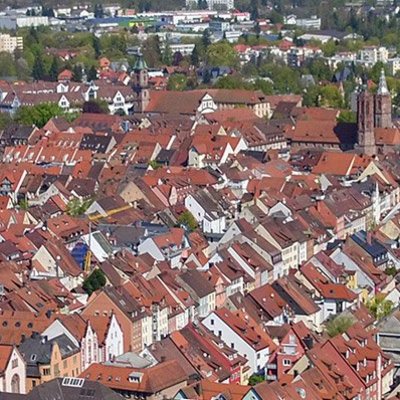
Our forest
Our municipal forest is valuable to us because it has a lot to offer.
Dr. Tobias Kühn, head of the forestry office
With an annual logging of 55,000 solid cubic meters, the city forest is a large and valuable supplier of raw materials. The principle of sustainability is the focus of the timber harvesting: Do not use more than grows. This ensures that the supply will be guaranteed in the future. The long-term use of timber permanently binds the CO² stored in the trees, which benefits our climate. The income generated by the sale of wood finances recreational and protective functions in the forest.
35 employees work for the city and the citizens in the VS forest. The timber harvest in our six forest districts is planned and carried out by our own foresters as well as by entrepreneurs with environmentally friendly special forest machines in a way that is gentle on the forest stand and the soil.
Many use the forest as a recreational area: for sports activities, forest bathing, games or walks. Citizens and guests are invited to take advantage of our city forest and its numerous offers: Rest benches, trim paths, cross-country skiing trail networks, barbecue and rest areas as well as guided forest tours.
Living space
The city forest provides habitat for many living creatures. Rare animal and plant species find refuge in forest biotopes. These biotopes are protected and preserved to ensure their existence.
Within the framework of the Natura 2000 program, 1482 hectares of bird sanctuaries and 43 hectares of FFH areas have been designated in the city forest of Villingen-Schwenningen. The areas are mainly located west of Villingen in the Neuhäuslewald and Schlegelwald.
Grey-headed woodpecker, black woodpecker, kite and rough-footed owl are native to these areas. The capercaillie, a highly endangered species, is of particular importance here. In the area of Schwenningen there are further areas which serve to protect the kite.
Protected areas
The forest biotope mapping shows 99 forest biotopes with a total area of 110 ha. Emphasis is placed on moor areas and wetlands (42%) and running waters (35%).
North of Tannheim, the Plattenmoos nature reserve is located on an area of 38 ha, the last living raised bog of the Baar.
A further 344 ha of woodland are located in landscape conservation areas.
Due to its filter effect, forest areas can protect settlements from local immissions. This also includes areas used for noise protection. The city forest takes over this task on about 700 ha.
Particularly on the Keuper slopes east of Schwenningen, the forest prevents damage caused by erosion over an area of about 150 ha.
By hunting under the direction of the forestry office, it has been possible to limit game browsing so that the silver fir naturally rejuvenates. The silver fir is a key tree species in terms of climate change because it has deep roots and can therefore better survive periods of drought. Hunted game is a high quality food. The meat is sold regionally, seasonally, ecologically and biologically through the forestry office.
Forest and trees are natural and effective water filters. Pesticides are not used within the framework of natural forest management. Therefore the drinking water coming from the forests is particularly clean. Approximately one million cubic meters of water from springs in the Wieselsbach Valley are fed into the municipal drinking water supply every year. 2,053 hectares of forest are protected for this purpose.
